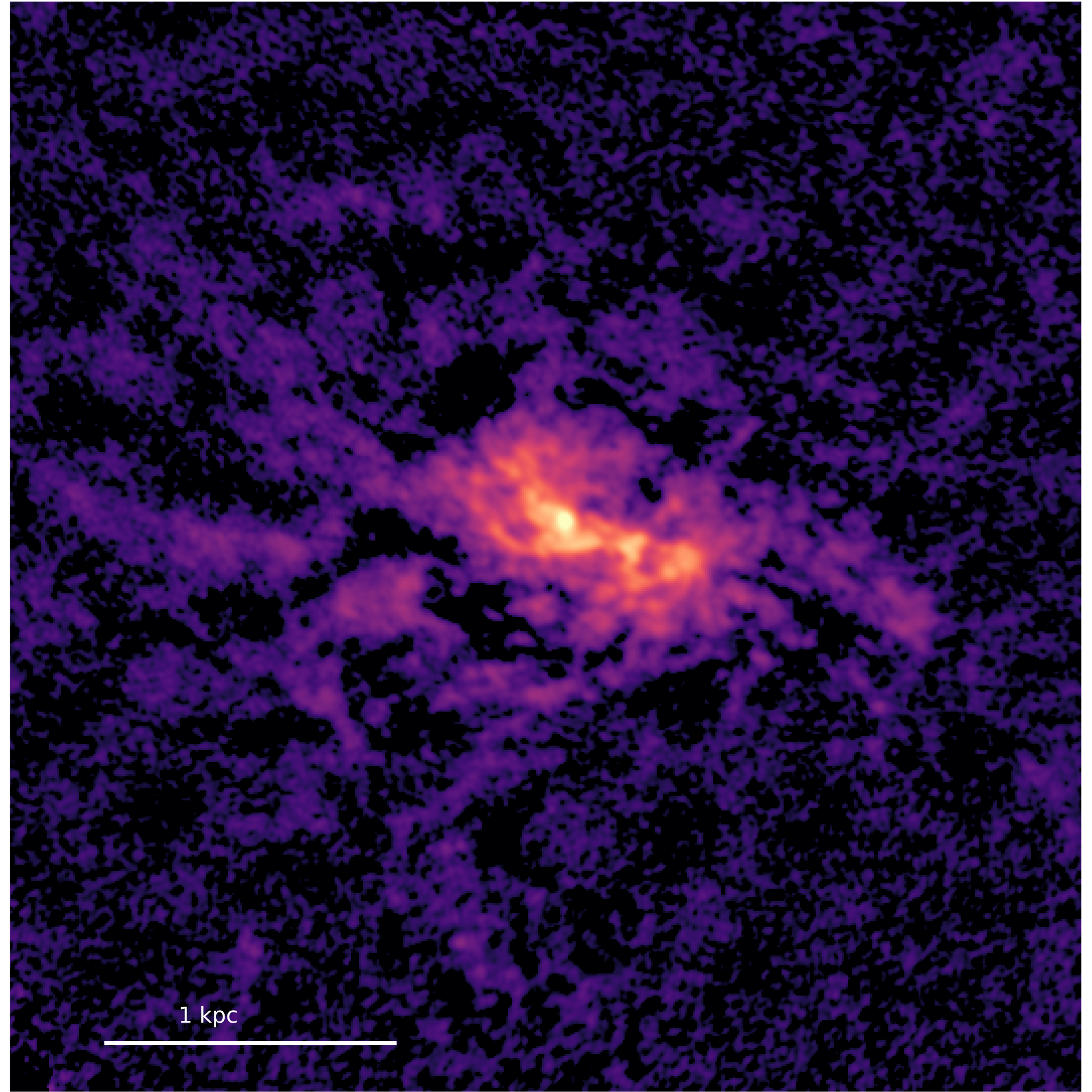
CATA researchers win Millennium Nucleus funds that will allow for a new look at the study of galaxies
Through MINGAL, the study of galaxies in their own internal evolution will be unified, together with the impact that the intergalactic environment has on them. In addition, it will put local astronomers in a privileged position to face the new challenges that astronomy brings to the year 2030 and will contribute to technology transfer to various productive areas of the country.
A group of researchers, led by CATA Associate Astronomer Rodrigo Herrera-Camus, was awarded funds for the Millennium Nucleus for Galaxies (MINGAL) initiative, in the Natural and Exact Sciences Millennium Nuclei Project Competition. The team is made up of seven professionals, four of whom are members of the Center for Astrophysics and Related Technologies, CATA. Rodrigo Herrera-Camus is joined by Yara Jaffé, as co-director; Manuel Aravena and Lucia Guaita, both as Principal Investigators.
The particularity of MINGAL is that it brings together professionals who approach the study of galaxies from two perspectives. Scientists who focus on how galaxies evolve in themselves and others who seek to understand how the intergalactic environment influences galaxy processes.
“Galaxies have been transformed by different processes since their formation, one of an internal nature and the other related to their environment and, in general, these are lines of work that run independently. We are going to approach this in an integral way. For example, when you seek to understand how man evolves, you point to internal aspects and environmental influence. We are going to take those concepts to try to understand how galaxies evolve. The original idea of this study is to bring together these different lines of research and we want to identify how these transformations come about,” he explains. Rodrigo Herrera-Camus, Associate Researcher at CATA and academic at the Universidad de Concepción.
In this sense, this astronomer adds that the role of CATA is fundamental because the project is aligned with the objectives of the Center and, in addition, it becomes the ideal platform to talk and discuss the progress and results with professionals from different areas of study.
An idea shared by Yara Jaffé, also an Associate Researcher at CATA and an academic at the Universidad Federico Santa María.
“I believe that CATA gives us an impulse to make these interconnections between areas and between researchers grow stronger and this will now be consolidated even more, of course, with this nucleus”.
A new Universe is opened
The Millennium Nucleus funds cover, precisely, the range of proposals that this team has. This is because they seek to promote the creation and development of research groups with multi and/or transdisciplinary approaches that advance in the solution of complex questions and aim at the generation of frontier scientific and technological research in the country based on four axes: internationally competitive research; training of new scientists; creation and maintenance of national and international collaboration networks, and dissemination and transfer of knowledge to other sectors of society.
These resources are allocated for three years, extendable for the same period, which provides relevant support to research.
MINGAL has a significant amount of data collected by the team with their hours of work at the ALMA and JWST telescopes, and part of the project is to be able to process that information.
“The data we have seeks to answer some of the big open questions that exist in the field of galaxy studies. For example, we have been able to observe clusters like never before and, thanks to these resources, for the first time we are pushing the limits of what we know, with the ultimate goal of understanding how galaxies, like our own Milky Way, formed,” adds Rodrigo Herrera-Camus.
Yara Jaffé comments that, for her part, she is entering a process where the funds will allow to efficiently exploit the large amount of data that will be generated in observations that will begin next year at Paranal, for a period of five years.
“It is expected that we will have more than 300,000 spectra of galaxies distributed in different parts of the cosmic web in the southern sky. With these data we will be able to understand how galaxies transform when they move from empty places in the Universe to the densest zones. So far we know more or less how galaxies evolve in large clusters or when they are isolated. But most of them are actually in these cosmic filaments that link the clusters. They’re like highways of galaxies that feed the large clusters. And we’re going to reveal for the first time what happens to them on these big highways, how they start to process and how they evolve before they fall into these big structures. We are going to see how galaxies are transformed from their birth to their death,” says the CATA Research Associate.
Part of this work involves working with artificial intelligence and creating algorithms, which according to Yara Jaffé, can be applied in areas other than astronomy, to contribute to other productive sectors of society, which is also in line with what CATA does in terms of technology transfer.
“This Millennium Nucleus project will serve not only to support the research projects that each of the principal investigators are developing individually, but also to create a solid network of collaboration between the areas of galaxy formation/evolution and the large-scale structure of the Universe using advanced computational tools, such as machine learning and artificial intelligence. In this way we can holistically address the different processes that affect galaxies in their evolutionary process through cosmic time, developing computational tools that can be applied to other areas of science,” he adds. Manuel Aravena, Research Associate at CATA.
He also academic at Universidad Diego Portales indicates that his particular interest in this project is in understanding how galaxies obtain and process gas, through feedback with the surrounding medium. He will use ALMA and JWST observations to measure the presence of different components such as stars, gas, dust, etc., to study these processes.
For her part, Lucia Guaita, Associate Researcher at CATA, indicates that a relevant aspect for her research is to be able to relate in a better way with professionals specialized in other areas. “I work in distant galaxies and the connection with experts who work in nearby galaxies will allow me to improve the interpretation of my results, as well as to link with those who see galaxy simulations. With MINGAL we will all be connected, with the same focus and we will have the funds to be able to analyze all the data we have collected in recent years. So we will have a unique opportunity to bring together all our knowledge in an efficient way and train younger researchers. Thanks to the interdisciplinary profile, our results will have a novel interpretation and from different points of view”, points out the also academic of the Universidad Andrés Bello.
Bases for the future
For the MINGAL team, together with the research approach, these funds generate three fundamental scenarios for the development of astronomy in our country, especially if they manage to extend the coverage for a second period.
In the first place, the results will lay the foundations for the exploration that will begin with the ELT: Extremely Large Telescope of ESO, a telescope that will start operating in 2030, in the north of Chile.
In addition, this goes hand in hand with the objectives of the Millennium Nuclei by preparing the community of Chilean astronomers and a new generation of researchers to be at the forefront of the discoveries that are to come with this new instrumentation.
And finally, another novel component comes with the use of artificial intelligence techniques to facilitate research, placing our professionals at the level of the great powers in the development of such technology.
And if the conditions were already propitious, the culmination of the project will coincide with the holding of the General Assembly of the International Astronomical Union (IAU) in our country in 2030, a propitious scenario to expose many of the discoveries that are yet to come.
Recent news
-
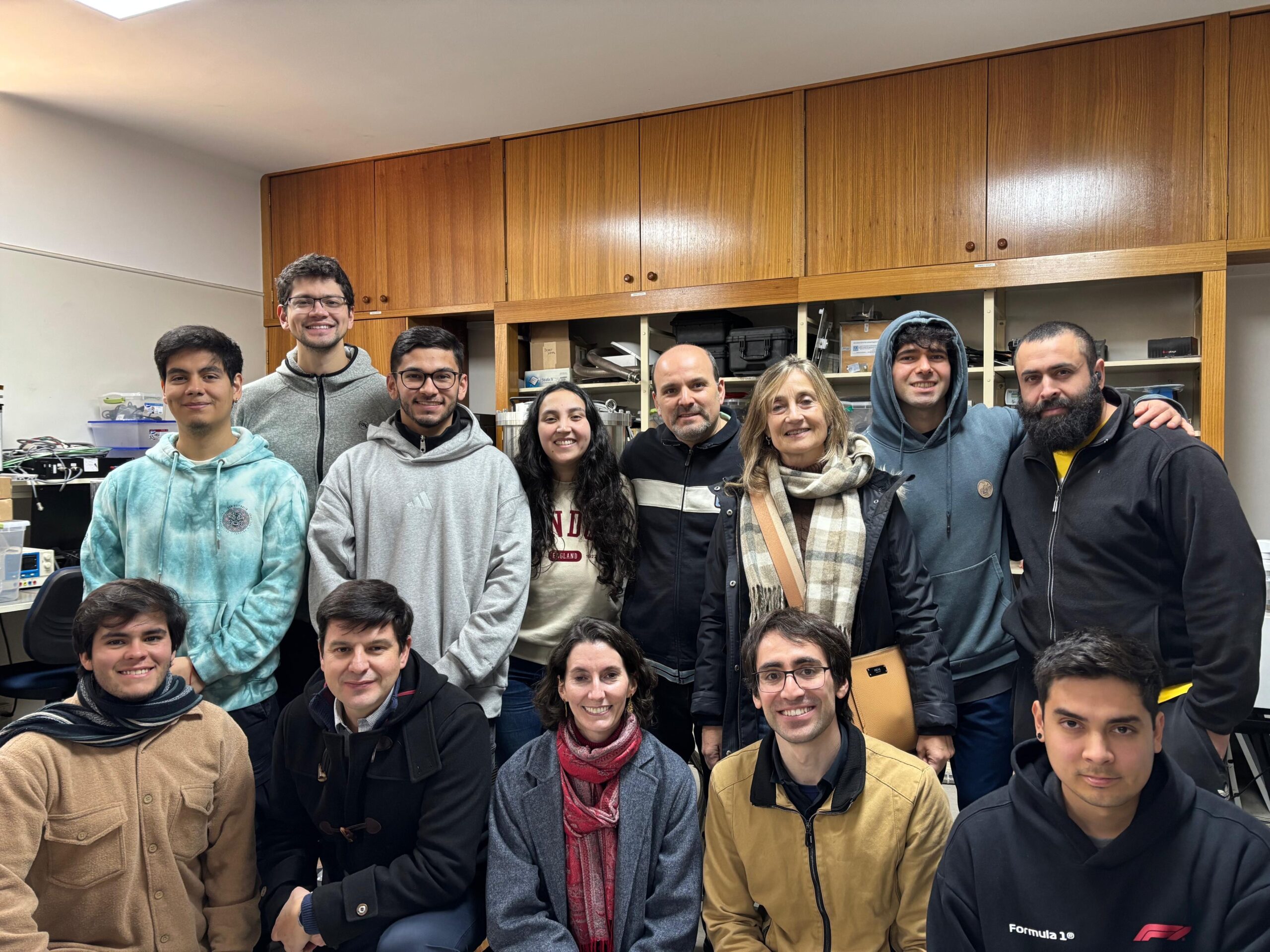 Publicado el: 30/06/2025CATA Director strengthens ties in her second institutional tour
Publicado el: 30/06/2025CATA Director strengthens ties in her second institutional tour -
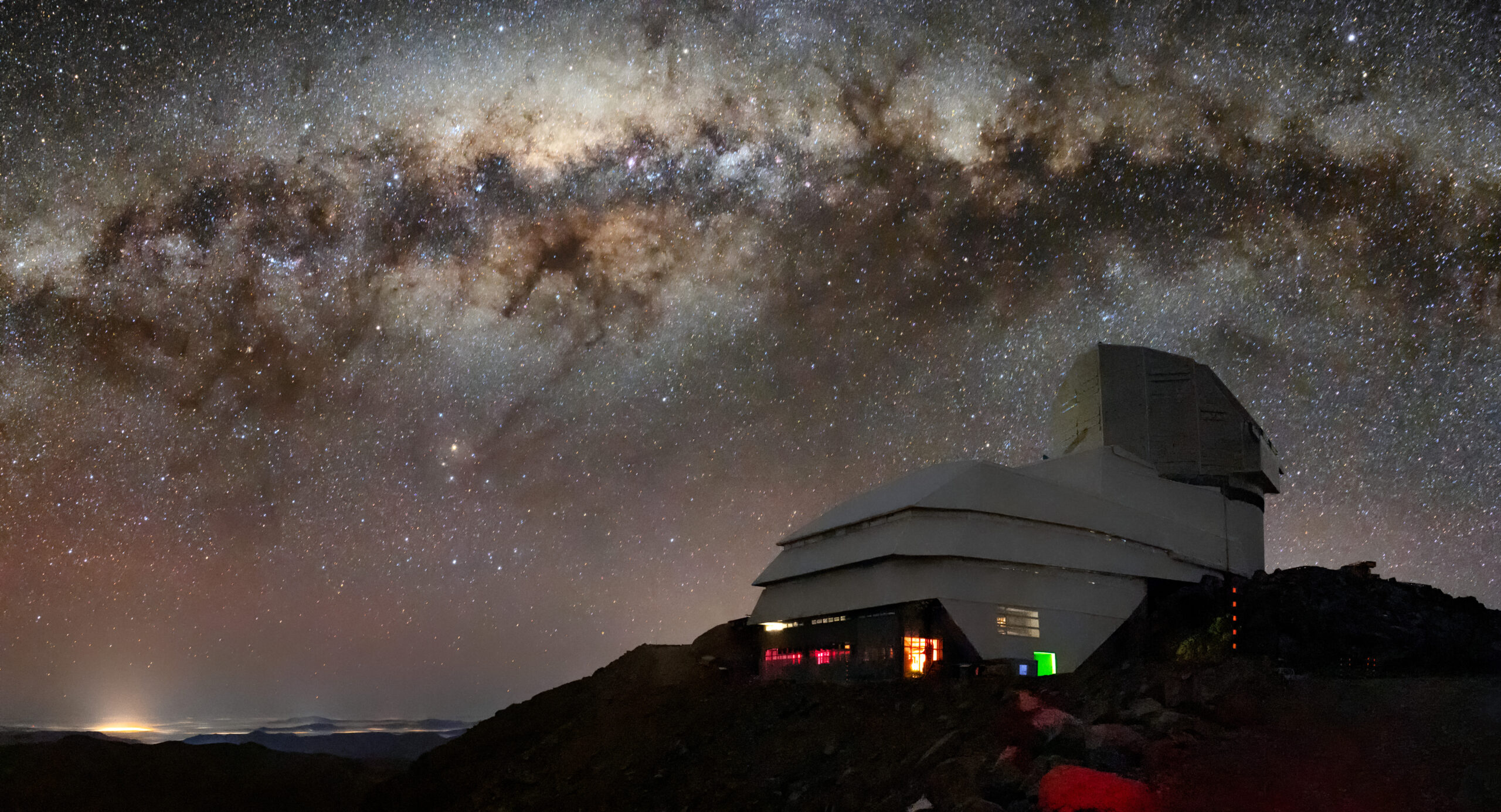 Publicado el: 26/06/2025Vera C. Rubin: the telescope that watches the sky and anticipates the future of astronomy
Publicado el: 26/06/2025Vera C. Rubin: the telescope that watches the sky and anticipates the future of astronomy -
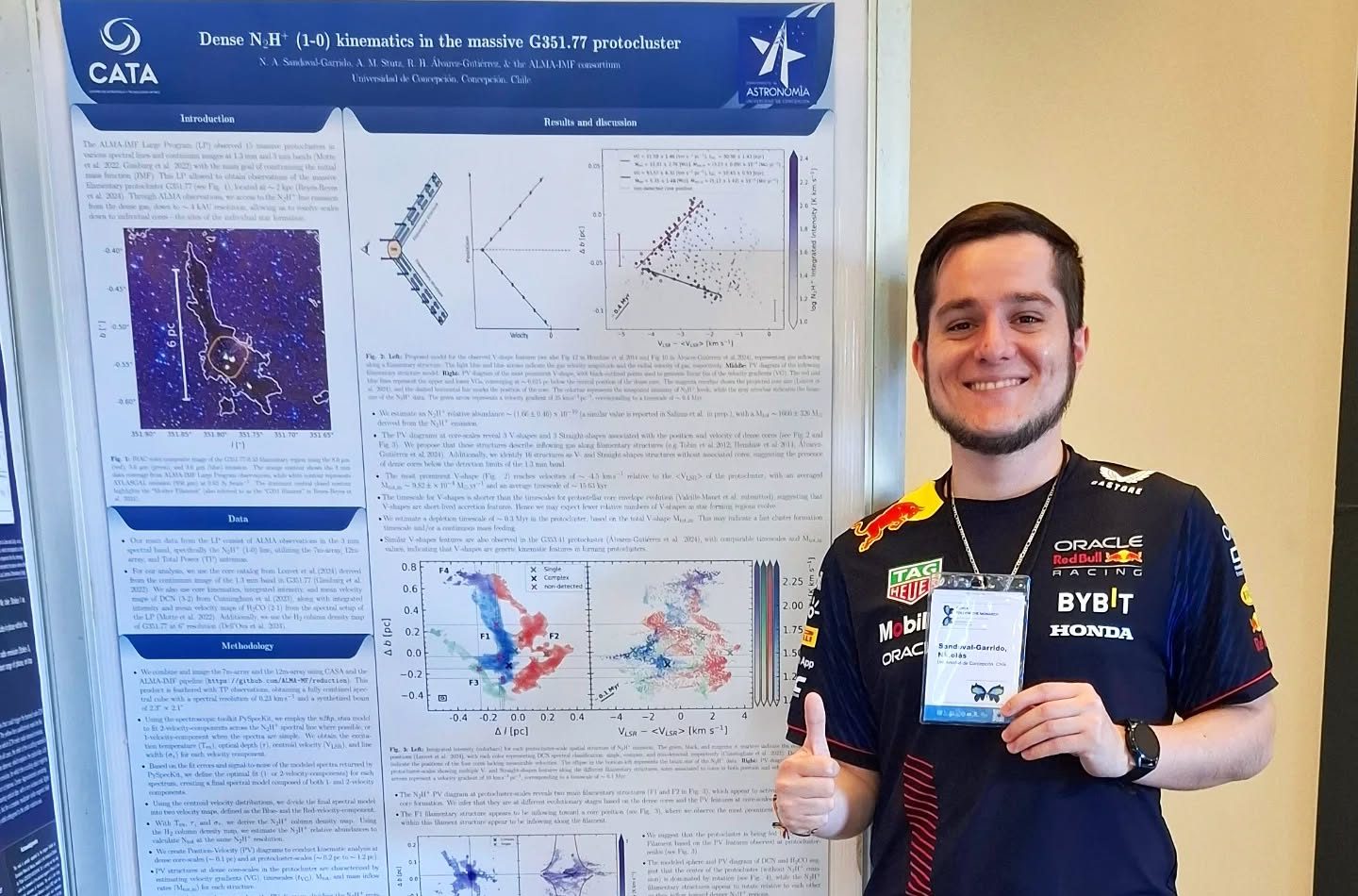 Publicado el: 25/06/2025Study by young Chilean astronomer reveals new key parameter for understanding star formation
Publicado el: 25/06/2025Study by young Chilean astronomer reveals new key parameter for understanding star formation -
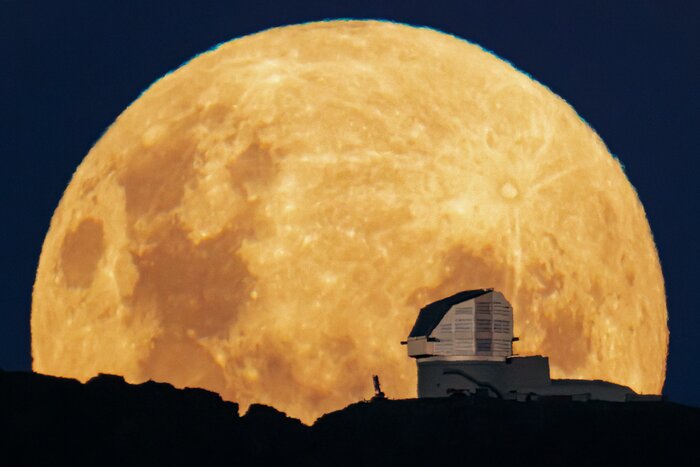 Publicado el: 19/06/2025Rubin: The Universe’s First “Movie” That Will Transform Astronomy
Publicado el: 19/06/2025Rubin: The Universe’s First “Movie” That Will Transform Astronomy -
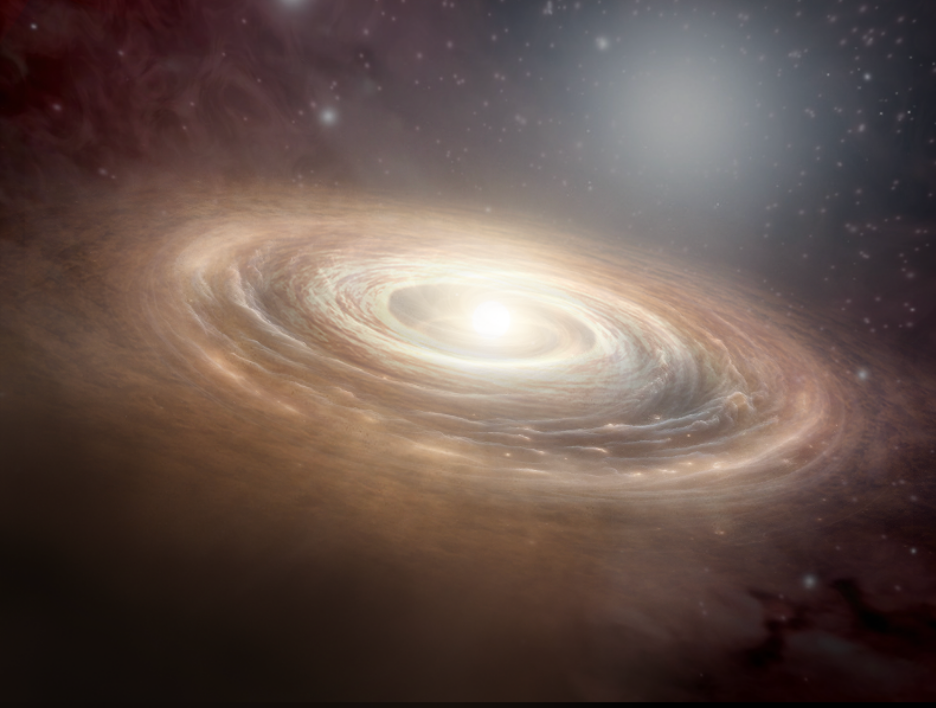 Publicado el: 17/06/2025CATA Principal Investigator participates in international study revealing how planetary birth disks evolve
Publicado el: 17/06/2025CATA Principal Investigator participates in international study revealing how planetary birth disks evolve
Categories list
- Acknowledgments 17
- Astrobiology 5
- AstroCluster 1
- Black holes 13
- Corporativo 49
- Cosmology 4
- Descubrimientos 19
- Disclosure 45
- Exoplanets 13
- Extension 4
- Galaxies 17
- Galaxies formation 2
- Inter y Transdisciplina 2
- Local Universe 13
- Publications 5
- Sin categorizar 31
- Solar System 11
- Stellar formation 6
- Technology 9
- Technology Transfer 12
